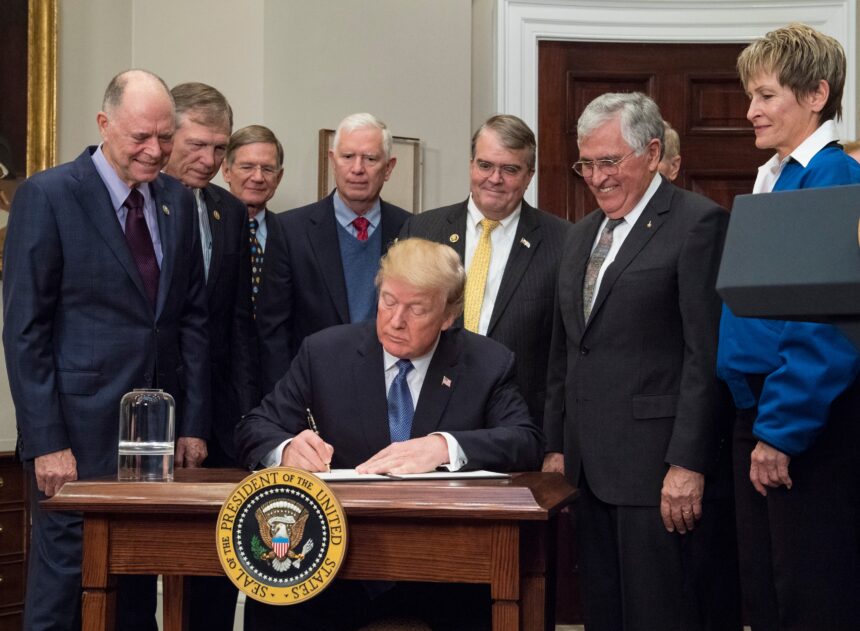The White House has presented a first draft of the 2026 budget, which was sent to NASA and has already been leaked to The Washington Post and the science outlet Ars Technica. It reveals the Trump administration’s intentions: to cut the science budget of the United States space agency, NASA, in half. This drastic reduction in funding would force the cancellation of major space telescope projects and even the closure of agency centers and the layoff of thousands of workers.
According to this first draft of the 2026 budget, funding for NASA’s scientific arm would drop from about $7.5 billion to about $3.9 billion. The consequences of this 47% reduction could be so devastating for the scientific community that even billionaire Elon Musk has called it “troubling” and clarified that he had nothing to do with it: “I am very much in favour of science, but unfortunately I cannot participate in discussions about NASA’s budget because SpaceX is a major NASA contractor.”
Casey Dreier, Chief of Space Policy at The Planetary Society, warned that the proposed cuts would be “nothing short of an extinction-level event for space science and exploration in the United States.”
However, these cuts must be approved by Congress, and the exact opposite is expected. Programs such as Artemis or the preparation of manned missions to Mars may be the most difficult for the Trump administration to curtail, as it could face opposition from Republican congressmen whose states host a significant portion of jobs that depend on the manned space exploration program.
Several Important Scientific Programs May Be Cancelled
This initial proposal involves cutting two-thirds of the astrophysics program, 50% of the program for studying the Sun and stellar physics, more than half of the Earth-science budget, and a third of the planetary science program. The proposal would continue to maintain programs like the James Webb Space Telescope and Hubble, but others, like the Nancy Roman Space Telescope, could be cut.
In addition, the project to bring back some of the most valuable rock samples collected by the Perseverance rover to determine if there was life on Mars would be shelved. The proposed plan would also mean the closure of NASA’s Goddard Research Centre, which supports some 10,000 direct and indirect jobs.
Nevertheless, the United States continues to maintain its promise to land astronauts on the Moon before China, while also prioritising reaching Mars as soon as possible. But with the proposed cuts, it’s practically impossible for the agency to achieve this with a reduced budget like the one that has just been revealed.





